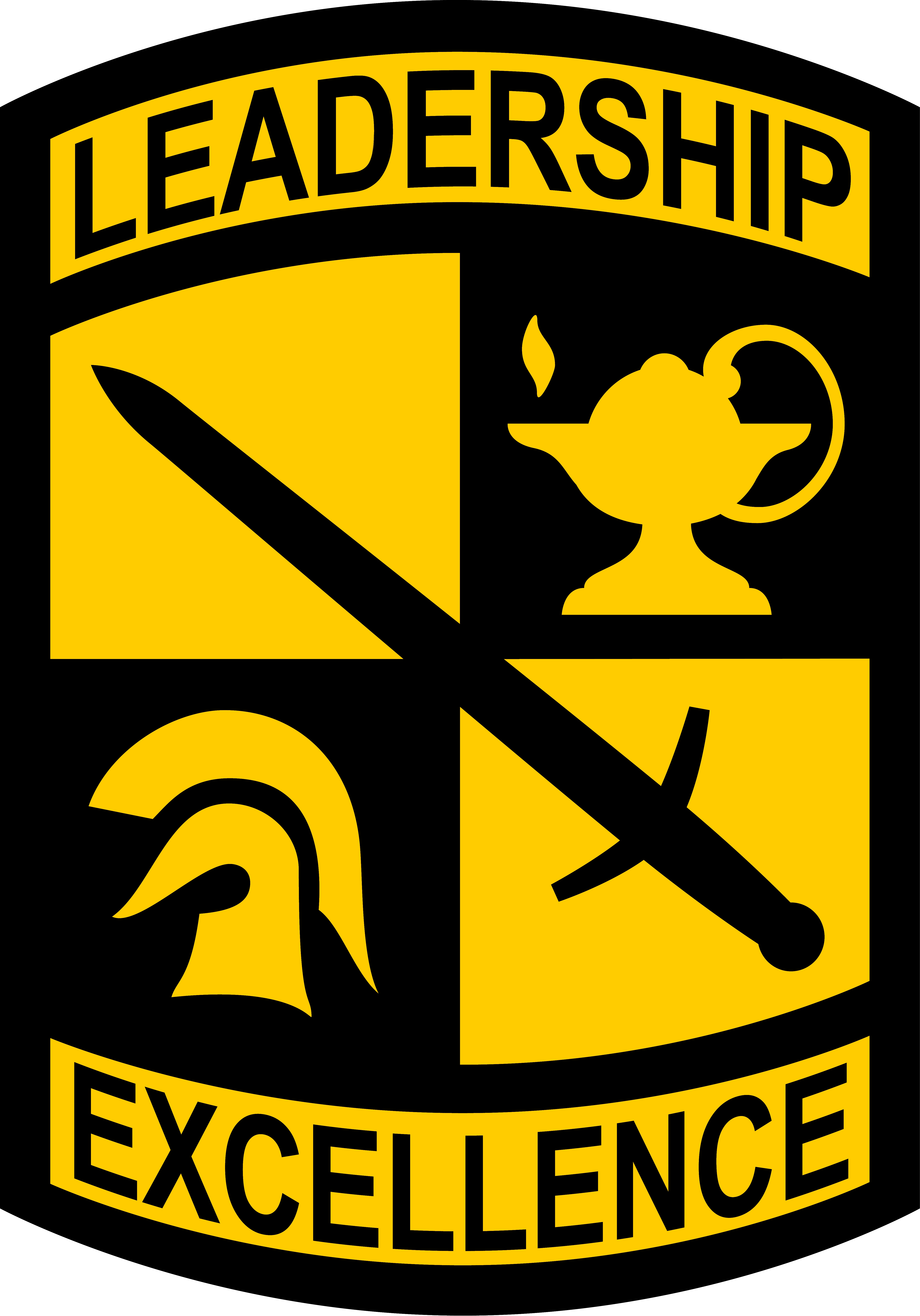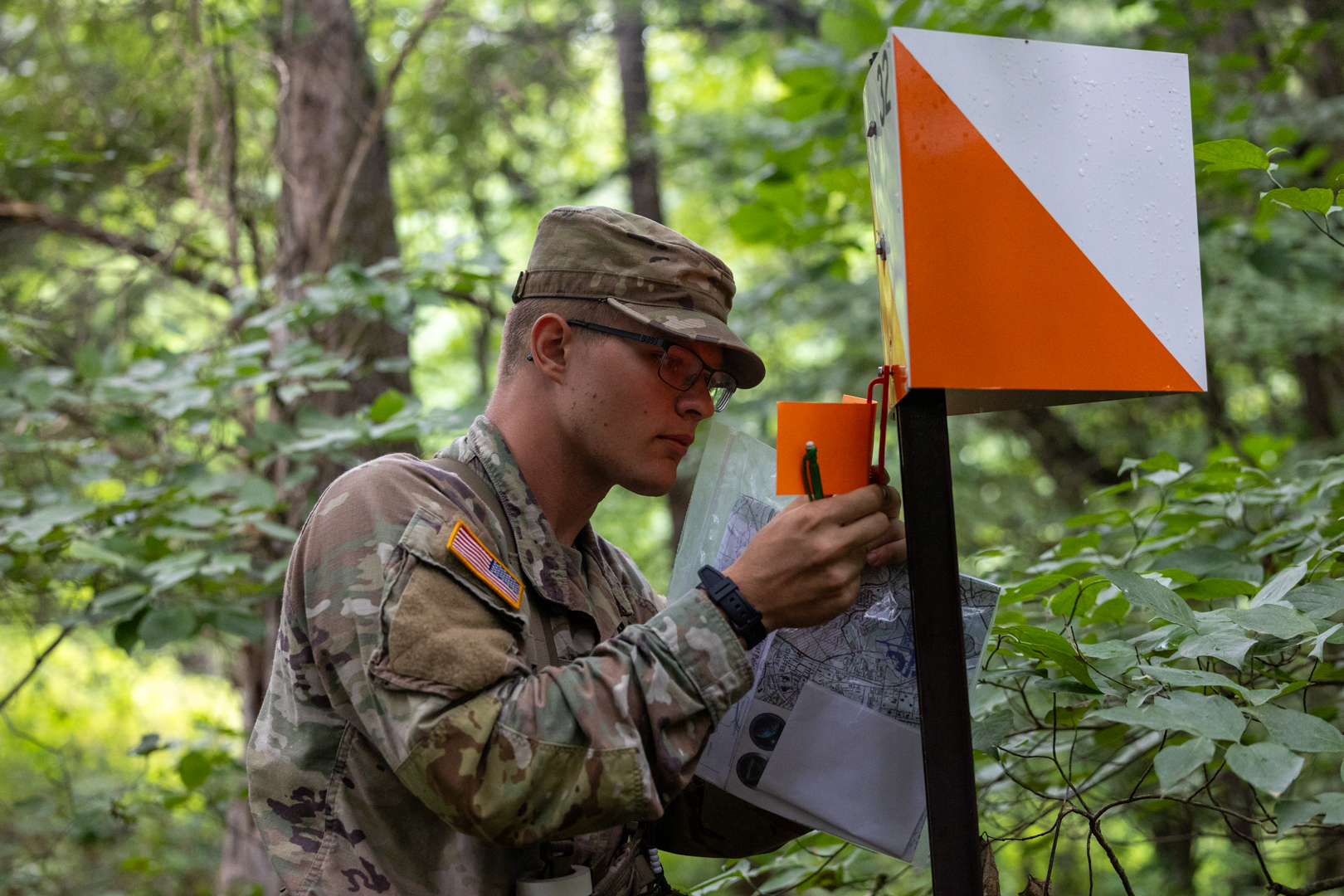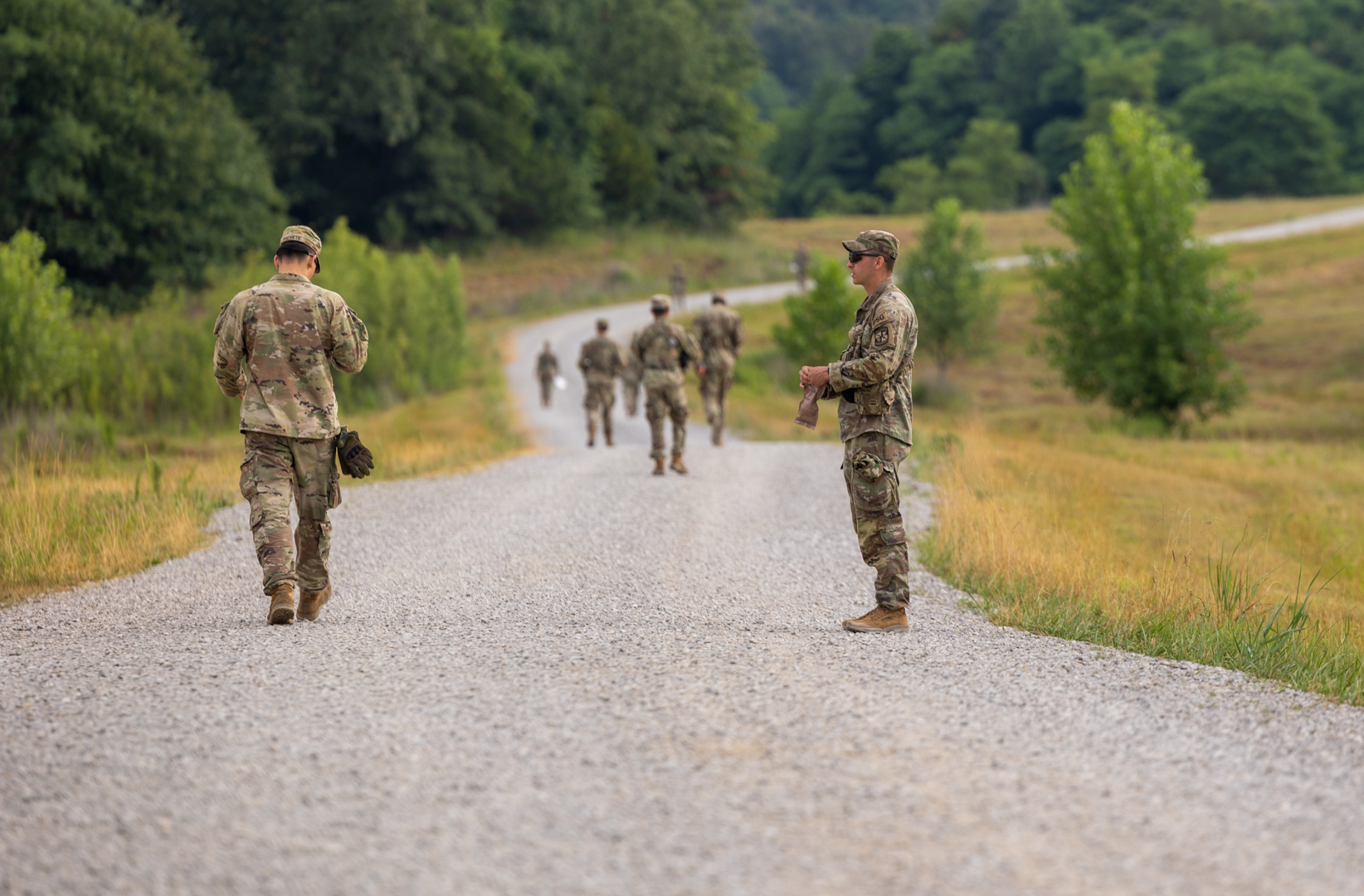FORT KNOX, KENTUCKY — With nothing but a compass, map and their own two feet, Cadets with 4th Regiment, Advanced Camp undertook the day land navigation course at Cadet Summer Training on Fort Knox, June 26, 2024.
Land navigation is an important skill to know for any individual in the army. In the event someone finds themselves in an area where they must navigate with only certain designated points, being able to find those points efficiently can be exponentially beneficial to locating a mission or even returning to the start point.
Cadets come to CST with the base knowledge of how to maneuver a land navigation course. They apply what they learn at their respective schools to CST on new terrain and attempt to obtain all the necessary points to pass.
“It’s a challenge to test your orienteering skills, map reading and plotting skills, ability to traverse different terrain and find points across the landscape,” said Cadet Thomas Hite, Loyola University Chicago, Ill.
Before Cadets take the course headfirst, they have a day to go over the correct way to read a map and take a written map test. This provides Cadets the opportunity to get used to how land navigation is conducted before they take to the terrain the following day.
“Checkpoints are pre-established points that Cadets are already given, they are known points. Whereas the other ones are points they are looking for,” said Capt. Lisa Walterhouse, Logistics Officer, McDaniel College, Md. “Using the skills and knowledge, there are different techniques to land navigation. They can use known points to their advantage, almost like attack points, but it depends on how they utilize their map skills and their land navigation skills.”
Even in the wide-open space Cadets are given to find these points, there is a sense of worry because if there is one wrong point or a Cadet did not use their materials correctly, it could throw them completely off course causing them to take more time to complete the objective.
This course is purposeful in many aspects as it teaches Cadets navigation skills, but it also builds confidence in how to get to the correct points and understand that what was plotted on the map is correct.
“It’s [land navigation] whole purpose is to teach us as leaders how to orient ourselves and to help show you how to get from place to place, therefore instilling additional confidence within ourselves,” said Cadet Corinne Marceau, Grand Canyon University, Az.
Being able to reorient their location pushes Cadets to remain calm and understand that they have the tools necessary to find their points as well as direction to where they need to continue to go.
“I learned that attention to detail really matters,” Hite said. “I was a little bit overconfident and saw that I was not finding too many points. So, I refined the strategy, got back to the basics, paid attention very closely to my measurements, how many meters of distance I was going to travel, using the compass as precisely as I could and that paid off today.”
Land Navigation may seem like a simple task to get from one point to another, but at its core it is more about how well someone can use tools they are given to complete a task efficiently and with self-confidence.




